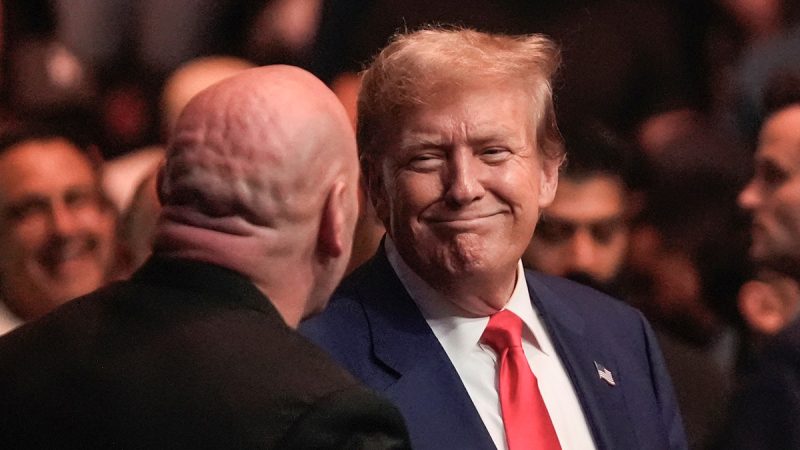In a surprising turn of events, former President Donald Trump has decided to join the popular social media platform TikTok, the very same app he once attempted to ban during his tumultuous time in office. Trump’s enigmatic move has captured the attention of the public and ignited a flurry of speculation about his intentions and the implications of his presence on the platform.
With his entry into the TikTok sphere, Trump has raised numerous eyebrows and left many wondering about the motivations behind his decision. Some have speculated that he is seeking to maintain relevance in the digital age and connect with a younger audience, considering TikTok’s predominantly youthful user base. By leveraging the platform’s wide reach and engagement, Trump may be aiming to stay in the limelight and shape public discourse on his terms.
Moreover, Trump’s presence on TikTok represents a remarkable turnaround from his previous antagonistic stance towards the app. During his time as President, Trump targeted TikTok due to alleged national security concerns related to its Chinese ownership. His administration made efforts to ban the app in the United States, citing data privacy and security risks. However, Trump’s current embrace of TikTok showcases a shift in his perspective and a willingness to engage with the very platform he once sought to suppress.
The ex-President’s foray into TikTok has also sparked debates about the potential impact on the platform’s dynamics and user community. Given Trump’s polarizing nature and divisive policies, his presence could lead to increased political content on TikTok and foster a more politically charged environment. This could potentially alienate some users while attracting others who align with Trump’s viewpoints, thereby reshaping the platform’s culture and conversation landscape.
Furthermore, Trump’s entry into TikTok has raised questions about the platform’s approach to content moderation and the handling of controversial figures. As a notorious figure with a history of spreading misinformation and inciting unrest, Trump’s presence on TikTok might test the platform’s policies and enforcement mechanisms. TikTok may face challenges in striking a balance between promoting free expression and preventing the dissemination of harmful content, particularly in the context of a high-profile user like Trump.
In conclusion, Donald Trump’s decision to join TikTok signifies a significant development in the intersection of politics and social media. His move underscores the evolving nature of digital communication and the enduring influence of public figures in the online realm. As Trump navigates his new role on TikTok, the implications of his presence will continue to unfold, shaping the platform’s dynamics and user interactions in unforeseen ways.

